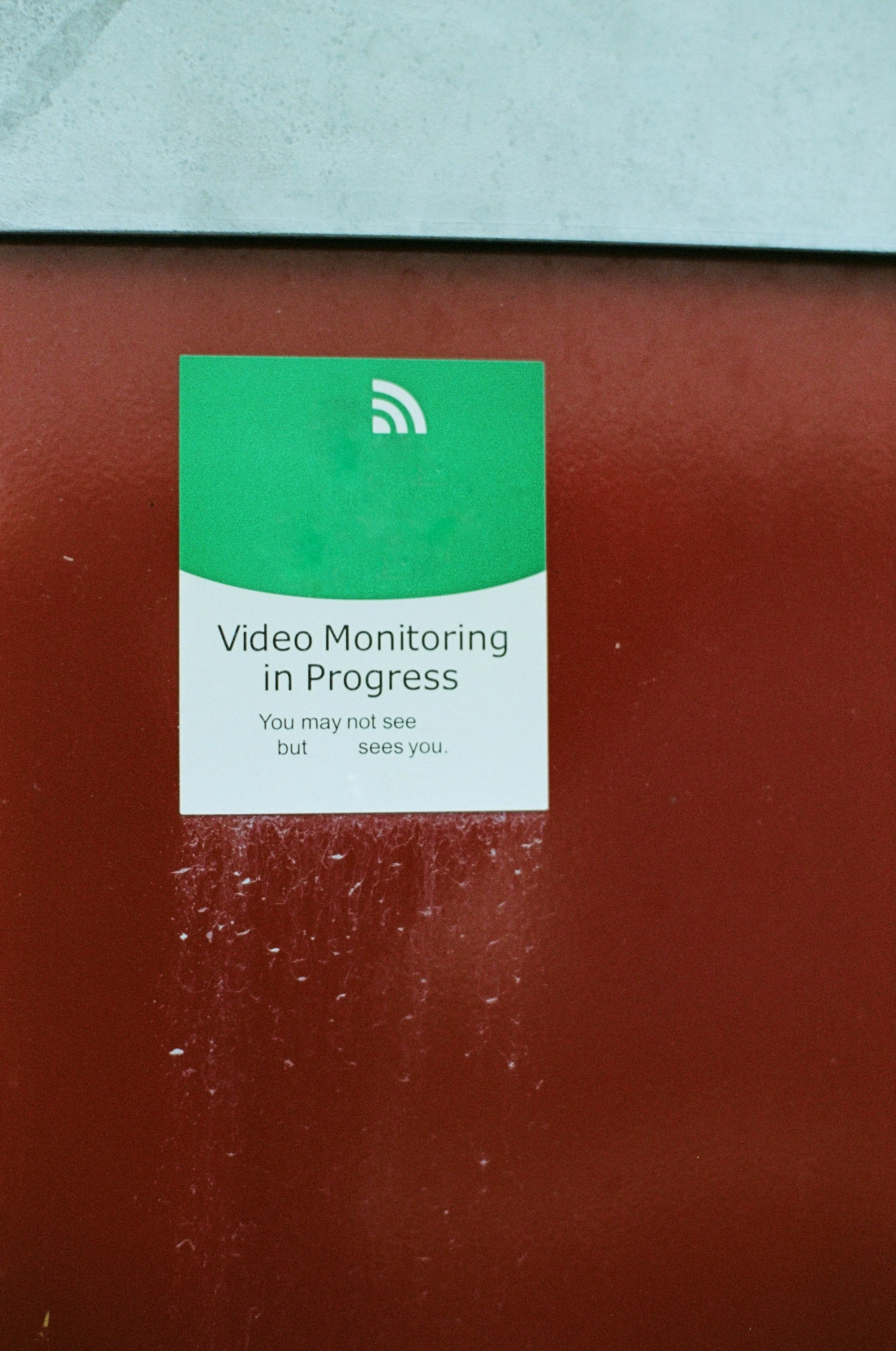On any construction job site, restrooms aren’t a luxury—they’re part of safe, efficient work. Good toilet facilities (think portable restrooms, portable restroom units, or porta potty rental) affect worker safety, worker productivity, and overall morale.
When you gotta go, you gotta go.
When the number of toilets is too low, placed too far from work areas, or serviced too infrequently, you get hygiene complaints, wasted time, and avoidable project delays. Get the basics right and you’ll see fewer interruptions and less time lost to long walks or out-of-service units.
A solid plan goes beyond calling a rental company. You’ll size the number of facilities to the number of workers, place units for easy access, and schedule regular servicing—often weekly servicing on high-traffic sites, or more frequently during peak periods.
Good setups include hand washing stations with cold water (or hand sanitizer where water isn’t available), paper towels or single-use hand towels, stocked toilet paper, wipeable toilet seat surfaces, and clean door handles.
For temporary construction sites, seasonal work, and special events hosted on or near the job, the same best practices apply: plan for demand, keep things clean, and document waste disposal services.
This guide is a comprehensive guide to the minimum requirements most teams expect in the field—what to order, where to put it, how to maintain it, and ways to avoid common pitfalls on your next construction project.

What counts as “enough toilets” on a job site?
The bare minimum is to provide enough toilets for your peak number of workers over a typical 40-hour work week. Since headcount fluctuates, size your number of porta potties to the highest daily load, not the average. Don’t forget shift work and surge crews; additional toilets may be needed for short bursts of labor.
Quick sizing tips
- Start from the peak number of workers, not the roster on paper.
- Add capacity for high-traffic sites (concrete pours, demo days, inspections).
- Provide separate facilities or separate rooms where privacy or cultural reasons call for it, and pay special attention to female workers and visitors.
- Ensure accessible sanitation facilities are available where needed (think wider doors, level ground, and enough space to turn and maneuver).
Placement and access: where should units go?
Great locations make a big difference. Workers use what’s nearby and clean.
Placement checklist
- Easy access: Place units close to active work areas so crews don’t burn minutes on every break.
- Level ground: Set on level ground to prevent rocking and spills from the holding tank.
- Drainage system: Avoid low spots; plan for rain so footing stays safe.
- Safe routes: Keep clear, well-marked paths; avoid pinch points with equipment or material stacks.
- Lighting & visibility: Workers should feel safe using restrooms during early starts or late finishes.
- Separation: Keep restrooms away from food storage and break tents to reduce odour and cross-traffic.
- Within site boundaries: For insurance and liability purposes, the site WC is required to be positioned entirely within the site's boundaries. Any placement on public land, such as a council verge or crossover, will nullify insurance coverage and may result in significant public liability exposure and potential litigation in the event of damage or personal injury.
What to order: types, add-ons, and additional features
Not all standard portable toilets are the same. Match the unit to the job.
Common options
- Chemical toilets: The everyday workhorse for temporary use, with a sealed holding tank.
- Units with sinks: Built-in hand washing stations with cold water where plumbing isn’t practical.
- Hand washing station (standalone): A separate sink station near a group of units—great for high-traffic sites.
- Accessible units: Wider doors, more space inside, a lower threshold, and grab points for safer transfers.
- Women-forward setups: If you have many female workers, consider separate facilities, additional privacy features, and more frequent servicing.
- Add-ons: Extra toilet paper holders, wall hooks, mirrors, internal lights, or sanitizer dispensers at door handles.
Hygiene and upkeep: cleaning, weekly servicing, and supplies
Good hygiene keeps complaints down and worker safety up.
Servicing rhythm
- Plan for regular servicing—pump-outs, tank treatment, and interior cleaning. On busy sites, weekly servicing is a baseline; increase frequency during peak phases.
- Stock toilet paper, paper towels or single-use hand towels, and hand sanitizer.
- Wipe toilet seat surfaces and door handles more often during hot or dusty periods.
- Keep extra consumables in a job box to avoid mid-day shortages.
Hand washing that people actually use
When hand washing stations are easy and clean, workers use them.
Make it effortless
- Put sinks where the traffic is—near restroom clusters and near break areas.
- Provide cold water when possible; supplement with hand sanitizer for quick cleans between tasks.
- Keep paper towels stocked and trash bins emptied.
Waste handling and waste disposal services
Your rental company (or your own vendor) should manage pumping and safe removal, but you still own the plan.
What to confirm
- Reliable services: Agree on a servicing calendar and a contact for emergencies.
- Access windows: Make sure trucks can reach units even when deliveries block gates.
- Spill readiness: Have absorbents and cones ready; protect storm drains; cordon off any incident quickly.
- Records: Keep pump-out tickets and dates, especially on temporary construction sites where documentation helps resolve complaints.
Comfort and privacy drive worker productivity
Small quality-of-life improvements pay off
Simple upgrades
- Add coat hooks and shelves to keep tools and jackets off wet floors.
- Choose quieter, draft-resistant models in windy seasons.
- Keep paths swept; mud at the threshold discourages use.
- In cold snaps, shield units from wind; in heat, add shade where possible.
Roles, responsibilities, and communication
Avoid the “not my job” loop by writing it down.
Who does what
- Construction companies / construction firms: Own the plan for toilet facility numbers, placement, and budget.
- Portable toilet providers / rental company: Provide units, reliable services, and maintenance.
- Site supervision: Checks cleanliness, stocks supplies, and calls in extra service when headcount spikes.
- Workers: Report issues early—leaks, low supplies, or blocked paths.
Common issues—and how to avoid them
- Undersizing units: Leads to queues and complaints.
- Fix: add additional toilets fast.
- Poor placement: Units too far from work areas.
- Fix: relocate for easy access.
- Skipped servicing: Overflow or odour.
- Fix: tighten the weekly servicing plan and verify.
- No hand washing: Workers skip cleaning.
- Fix: add a hand washing station and keep it stocked.
- Access blocked on service day: Trucks can’t reach units.
- Fix: schedule windows and keep lanes open.
- No documentation: Disputes with vendors.
- Fix: keep pump-out logs and photos.
Conclusion
Portable restrooms are basic site infrastructure. Get the number of facilities right for your number of workers, place them for easy access, and stick to regular servicing with dependable waste disposal services.
Choose the right mix—standard portable toilets, chemical toilets, accessible units, and hand washing stations—and keep them stocked with toilet paper, paper towels, and hand sanitizer.
With a little planning and clear roles between your team and your portable toilet providers, your construction project can run with fewer interruptions, better hygiene, and a happier crew.
FAQs
- How many portable restrooms do I need for my site?
Size for your highest daily number of workers, not the average. If you expect surges, add additional toilets so you don’t get lines and complaints. - How often should units be serviced?
For high-traffic sites, assume weekly servicing as a baseline. Increase frequency during busy phases or hot weather. - Do I need separate facilities for women?
If you have female workers or frequent visitors, provide separate facilities or separate rooms and consider extra privacy and cleanliness measures. - What should each unit include?
Stock toilet paper, hand sanitizer, paper towels or single-use hand towels (if sinks are present), and keep door handles and toilet seat surfaces clean. - What’s the difference between standard portable toilets and chemical toilets?
Most standard portable toilets on job sites are chemical toilets with a sealed holding tank. They’re designed for temporary use and regular pump-outs. - Where should I place restrooms?
Near active work areas, on level ground, with good lighting and a safe path. Avoid muddy low spots and keep access clear for service trucks. - What if my site keeps growing?
Add portable restroom units and increase rental service frequency. Reevaluate placement weekly as work areas shift. - Do I need sinks if I provide hand sanitizer?
A handwashing station encourages better hygiene, especially on dirty tasks. If water isn’t practical, keep hand sanitizer at every unit and near break areas. - How do I handle waste if a spill happens?
Call your portable toilet providers immediately. Use absorbents, protect the drainage system, and document what happened. Resume work when the area is safe and clean. - What paperwork should I keep?
Keep service schedules, pump-out dockets, issue logs, and photos. Documentation helps resolve disputes with the rental company and keeps your team aligned.
Further Reading













